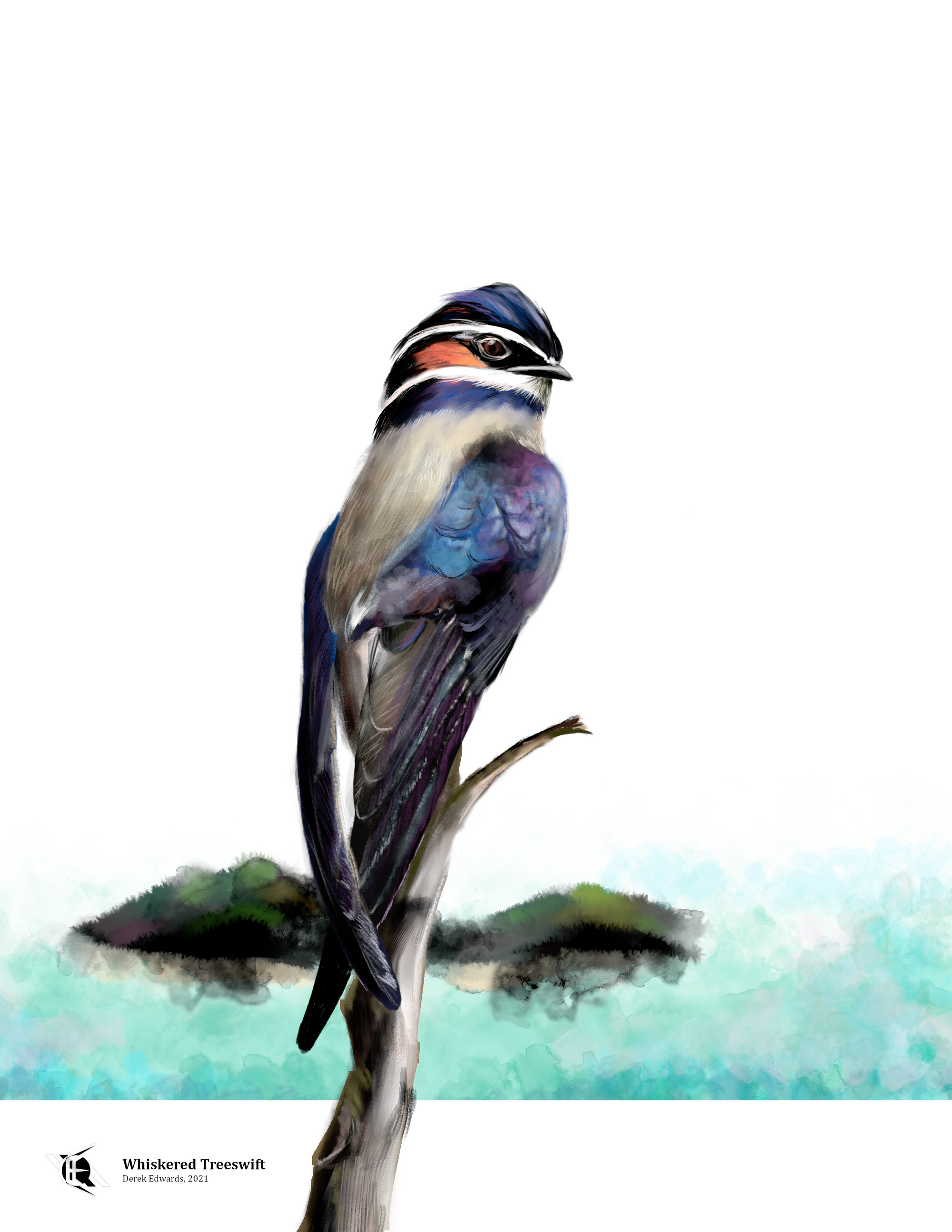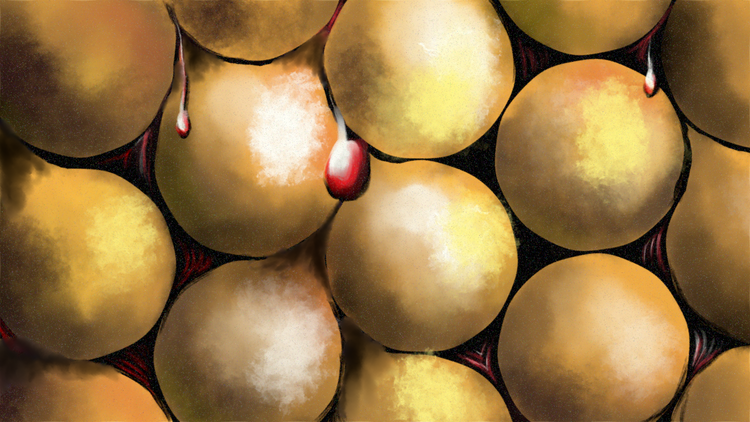
Running Commentary 6/21/2021
Hello,
This edition of RC is a bit delayed, sorry about that. It was Father's Day, and I had things to do associated with that, and this newsletter is honestly not a huge priority even on days I don't have plans.
Anyway...
Watching...
New episodes are out of The Bad Batch and Loki, Here are my notes: SPOILERS
The Bad Batch
- Crosshair's back.
- And he's not the only one. Cad Bane makes a last-minute appearance. He's always a cool presence, and it seems like he'll be in at least one more episode.
- Altogether, this show is moving forward a bit slowly. Stuff happens each episode, and it's entertaining and exciting, but the plot has been stalling out a bit. Maybe rescuing Omega will provide something new to drive things.
Loki
- It seems Loki, like Jango Fett, becomes blonde when female.
- I'm really liking this show. It keeps me guessing. Hiddleston and Owens work well off each other. The look of the show is neat. I like the credits. It's all really good so far.
- I'm a little confused what all those time-pruning-mines that the Variant (that's how Sophia di Martino's character was credited, and that's what I'll use, for simplicity's sake.) sent through the portals were supposed to be doing. I get that they messed with the Sacred Timeline, but I'm really not sure how.
- Actually, wasn't there a blonde, green-wearing Asgardian magician lady in the comics? Amora the Enchantress? Maybe the Variant is a reference to her, in a way.
Reading...

So, I might be the first person to say this in some time, but I just finished The New Rebellion by Kristine Kathryn Rusch. It's a largely forgotten Star Wars novel from 1996 which I came across during research for my "Thirty Years of Thrawn" retrospective; if you read that you'll know that The New Rebellion was the lead-in to the Hand of Thrawn duology, otherwise, it's mostly known as the story with Kueller in it. Anyway, Rusch's book was...weirdly intense and cruel to the main characters. The situations and settings are all so unpleasant: Leia got thrown out of the New Republic Senate, Lando got kidnapped by a dragon that made him tread water in a cesspool until he died of exhaustion (he got rescued before actually dying). Han and Chewie spend an extensive time on a series of asteroids, one full of putrid slime, one full of suffocating heat, one full of said dragons. Luke gets his X-Wing seized and dismantled, then gets a replacement blown up, then gets attacked by jellyfish, then gets nearly killed by a former student, then gets thrown in a pit with a huge beast. He spends most of the book severely injured. And in the end, little has happened in the grand scheme of things. The series of bombings that starts off the book don't kill any named characters. The state of the Galaxy is the same at the end as at the beginning. The Original Trilogy characters are the same people from beginning to end.
Rusch is a talented writer, and the book built on many of the EU works that had come before in a way that suggest Rusch was either a big fan or a consulate professional who did her research. But I can't figure out what the point of the book was, besides to give our heroes a really bad week. The New Rebellion is not a recommend read.

Bird of the Week
This week we're heading back to Southeast Asia to meet a bird that is both unique and rather familiar. The whiskered treeswift is one of only 4 treeswifts, all of which live somewhere between India and New Guinea. The treeswifts all share a single genus, which is the only genus in the family Hemiprocnidae. They are closely related to true swifts, and more distantly related to hummingbirds, all of which belong to the order Apodiformes. All these birds share short limbs, long wing feathers, and a diet of insects caught mid-air. Treeswifts differ from swifts primarily in skeletal structure; tree swifts are capable of perching on branches, whereas swifts' near-vestigial legs only allow them to cling to cave walls and riverbanks.
With their long, pointed wings, forked tails, and blue-and-orange coloring, whiskered treeswifts look something like the globally-found barn swallow. Indeed, their genus name Hemiprocne means "half-swallow", as if they were related to swallows. But they are not. Swallows are classified in the order Passeriformes, the main songbird order. At least in English, there's a difference. Thai, one of the languages spoken by the people in the bird's range, calls them นกแอ่นฟ้าเคราขาว, which means "white-beared swallow". In Malay, they are "Layang-layang Jambul Kecil", which means "Small Tree Kite", which might be a reference to the wind-borne object or to the birds of prey with similar long, pointed wings, I'm not sure.
Curation Links
Jean Monnet: The Guerilla Bureaucrat | Martin Sustrik, LessWrong
Profile of Jean Monnet, a private citizen of France who, without ever formally entering politics, became one of the key founders of the European Union.
US Font Map: The United Fonts of America | Andy Murdock, The Statesider
Begun as a quarantine time-killer, Andy Murdock's map of fonts named for US States and Cities got up to 222 fonts before he gave up on finding every one. Still, it's an impressive thing to see.
Fallen Angels: Birds of Paradise in Early Modern Europe | Natalie Lawrence, The Public Domain Review
Something I've encountered doing Bird of the Week is that birds not from North America or Europe aren't as easy to research as those that are. That might be because I only understand English, but at least I know more about the birds on the other side of the globe than Conrad Gessner (yes, the pencil guy, again), who thought the long-plumed birds of the South Pacific didn't have feet.
Your Brain Is Not an Onion With a Tiny Reptile Inside | Joseph Cesario, David J. Johnson, Heather L. Eisthen, Current Directions in Psychological Science
You've probably heard the term "lizard brain" applied to the instinctive aspect of the human mind. That's based on a theory called the "triune brain", which was first proposed by Paul MacLean in 1964. Since then, it's been ingrained in the popular understanding of psychology. But, as we read here, triune brain theory isn't true.






Member Commentary